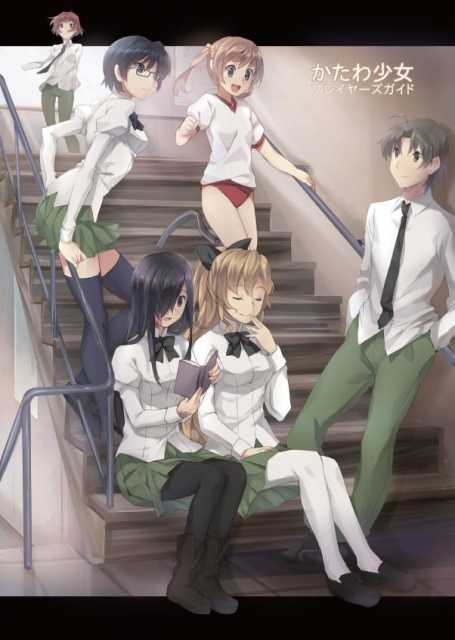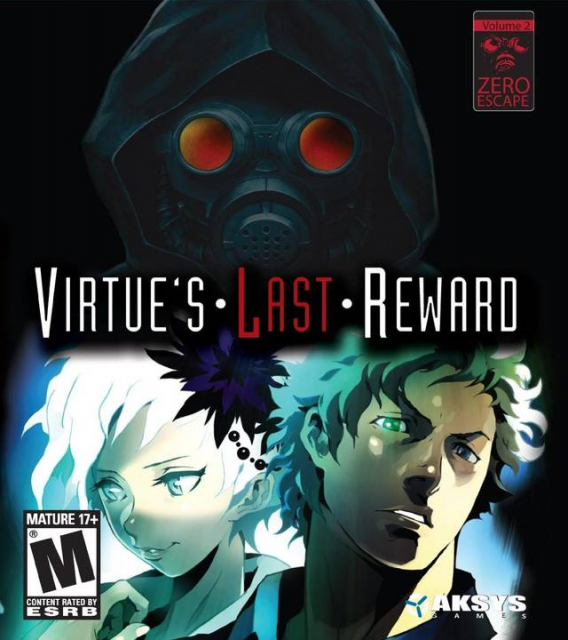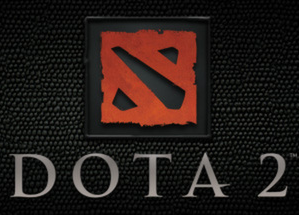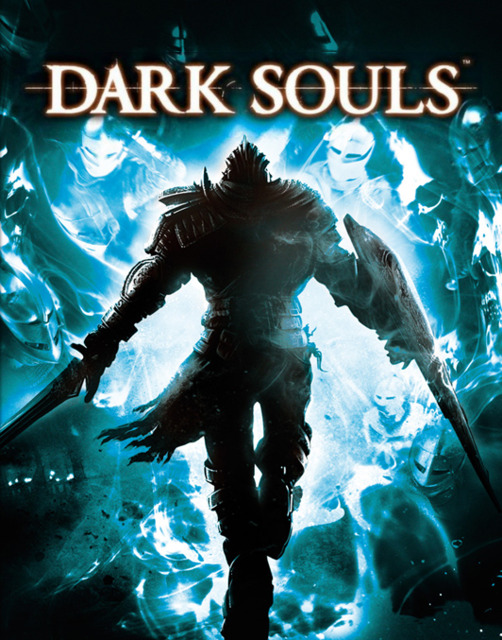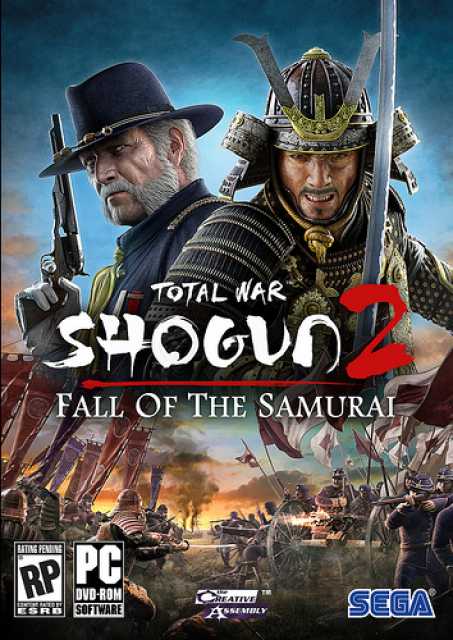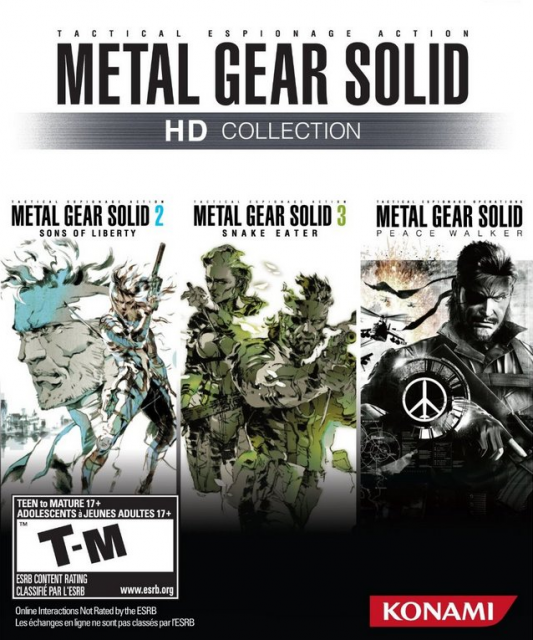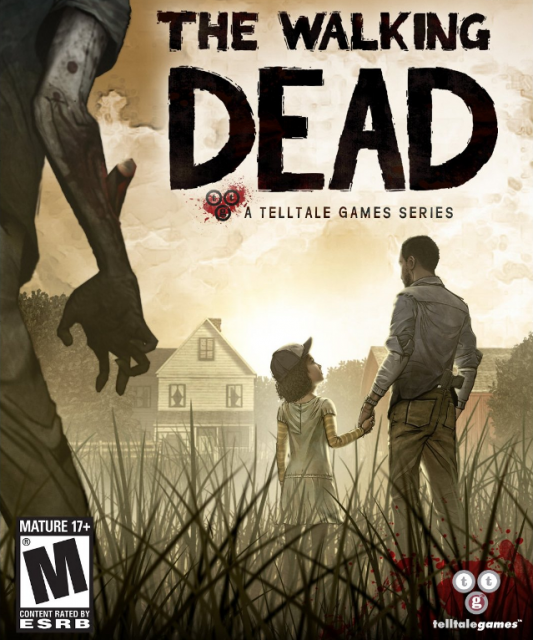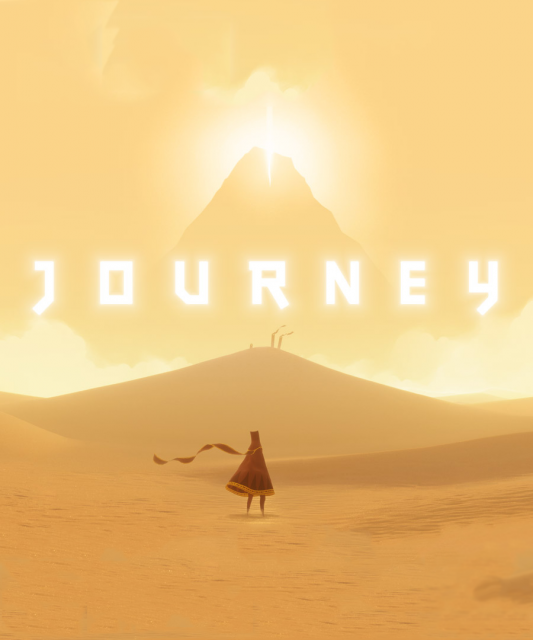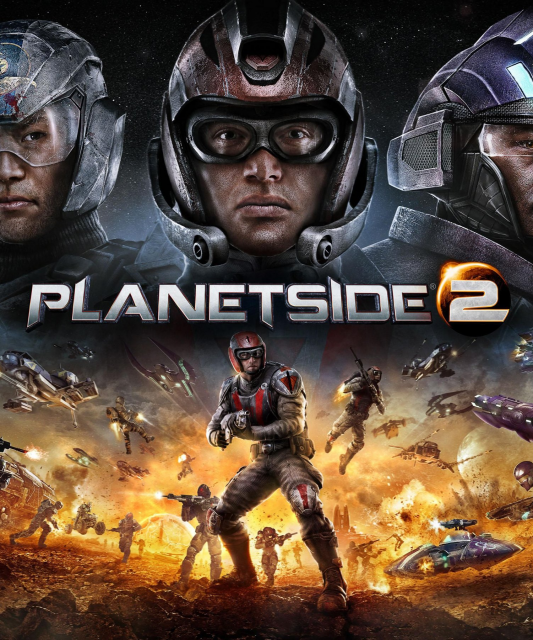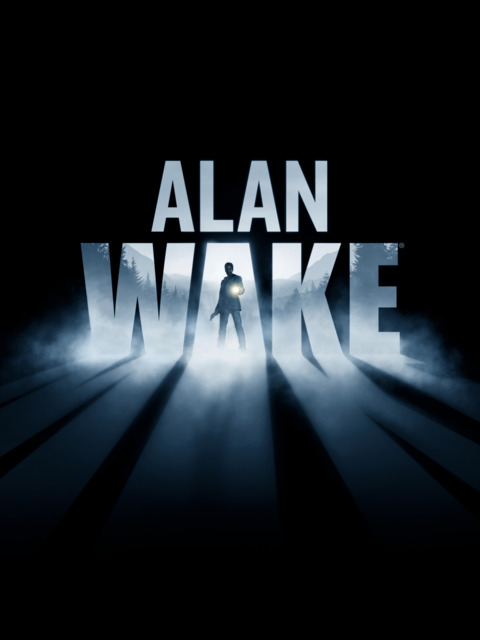Game of the Year
So 2012 is the year of Visual Novels and pure mechanics games. A separation between narrative and mechanics, as profound as the one between church and state, with an RTS and Journey as the two exceptions. Despite the prevalence of games that attempt and succeed at only one topping my list this year, it is my sincere hope that next year’s games will be more successful at marrying the two. Now if you’ll excuse me I’ll go play a social bejewelled on my Nexus. Gaming is so very hard to predict.

